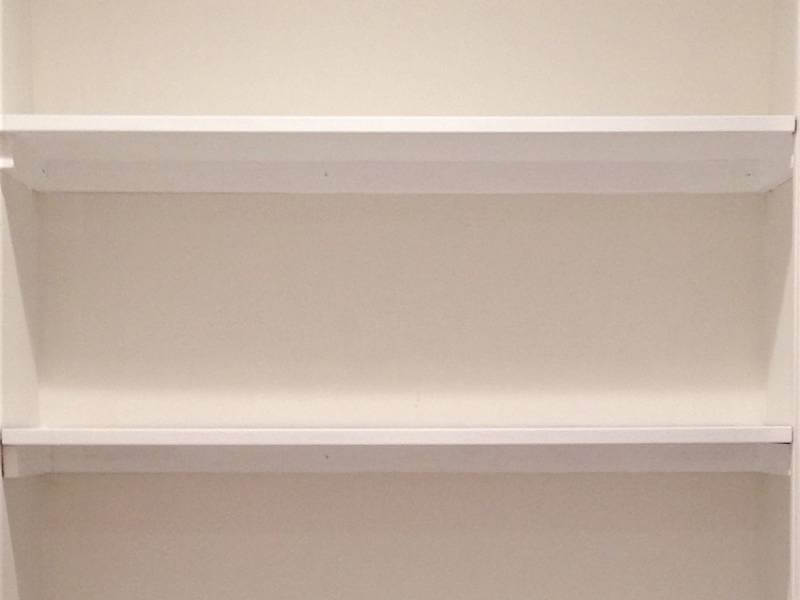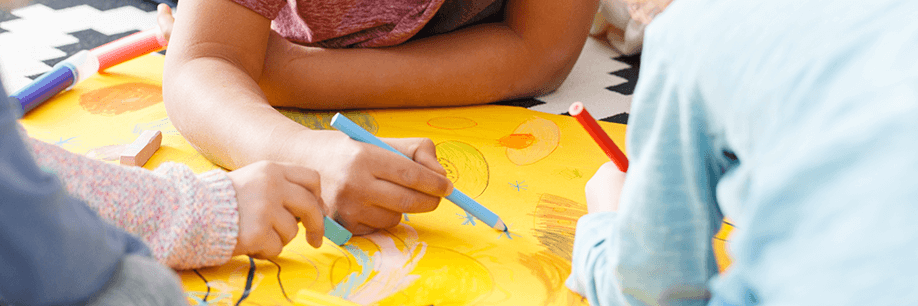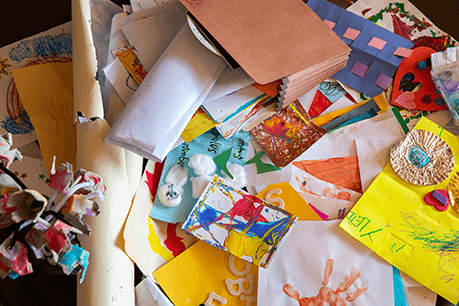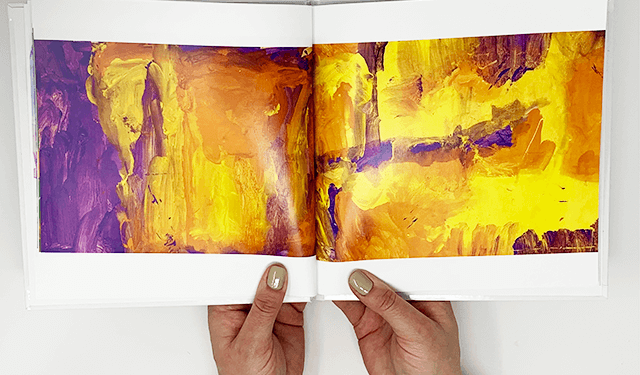A new year, a new decade, a new chance to revamp your home–and while you’re at it, your life. Start 2020 right by setting aside some time to assess what you need and don’t need moving forward. Start with these tips.
1. Assess your belongings.
Start in your room and take stock of your wardrobe, dresser, and desk. Assess each one of your belongings: to borrow Marie Kondo’s terminology, if it doesn’t spark joy in your soul (or if you have no use for the item anymore), it’s time to bin it. Clothes you haven’t worn since 8 kilos ago? Sell or donate them. Gadgets from the early ’00s? Throw them away if they don’t serve their purpose anymore. Grooming products that are way past their expiration date? Toss, ASAP.
From there, proceed to the other rooms in your home and declutter each of them. Take out everything in your cupboards, drawers, and closets, sort out everything into “need” and “don’t need” piles, and dispose of the things in the latter pile. You don’t have to do this in one go–you can do your bedroom one weekend, the kitchen next, and so on, whenever your mood and schedule permits.
2. Straighten out your priorities for the year.
Once your desk is straightened out, sit down and write your goals for the year. The beginning of a new year always makes people excited to do so many things, but let’s face it–with all your other responsibilities, it’ll be difficult to accomplish everything you want to do. So if you want to actually finish something this year, we suggest trimming down your to-do list into a set of S.M.A.R.T. goals: specific, measurable, attainable, relevant, and time-based objectives per quarter. This should align your priorities for the year, helping you stay focused and be more productive.
3. Track Your Spending.
Did you go above your budget in 2019? Don’t worry, we’re here to help you avoid making the same mistake in 2020. An easy way to go about it is to download a spending tracker onto your phone. Every time you spend on something, make sure to jot it down on the app. You have to practice accountability, and you should note everything–especially purchases you feel guilty about. At the end of the month, review your spending and streamline where you can. This is a good habit to start
4. Create Good Habits.
It’s never too late to start a good habit! Whether it’s to stop being late, shop less, or work out more, you can always turn over a new leaf. Create a tracker on excel to note what you’ve done (or have not done), or, similar to what we told you in the previous number, download an app to help you monitor your habits. It’ll also help you reduce mental clutter.
5. Scan and Save Your Photos.
You probably have a handful of photo albums at home, gathering dust in a cupboard somewhere. This defeats the purpose of having photos–they’re meant to be displayed and revisited. So this year, go through all your printed photos and scan each one of them. It might take a bit of time, but it’s totally worth it. Save it on a hard drive, or better yet, on the cloud, where you can retrieve your photos whenever, wherever. Don’t forget to display your pictures on a Nixplay Frame so you’ll be reminded of your favorite memories all the time!
Marianne is Nixplay’s Web Content Editor. Her hobbies include exploring new places, playing table tennis, and cuddling puppies. Send her a message at marianne.salazar@nixplay.com.








